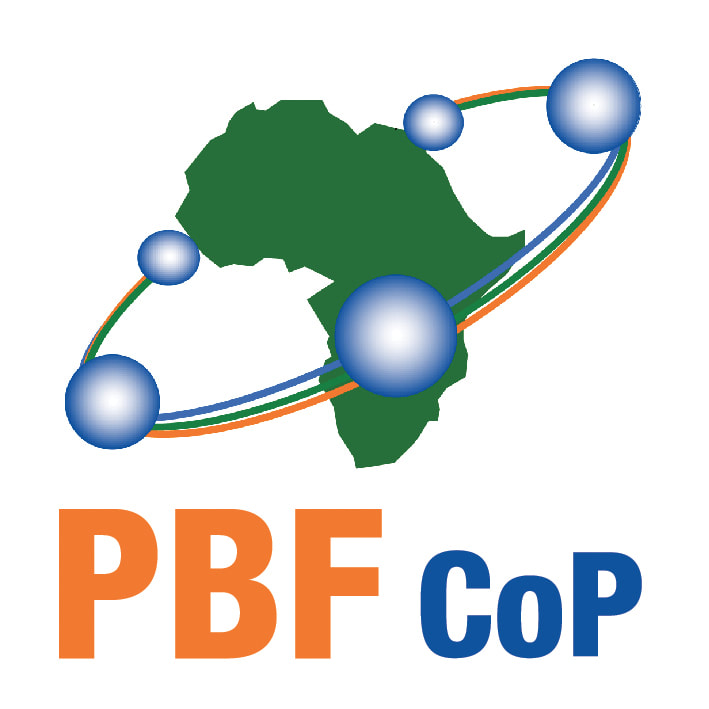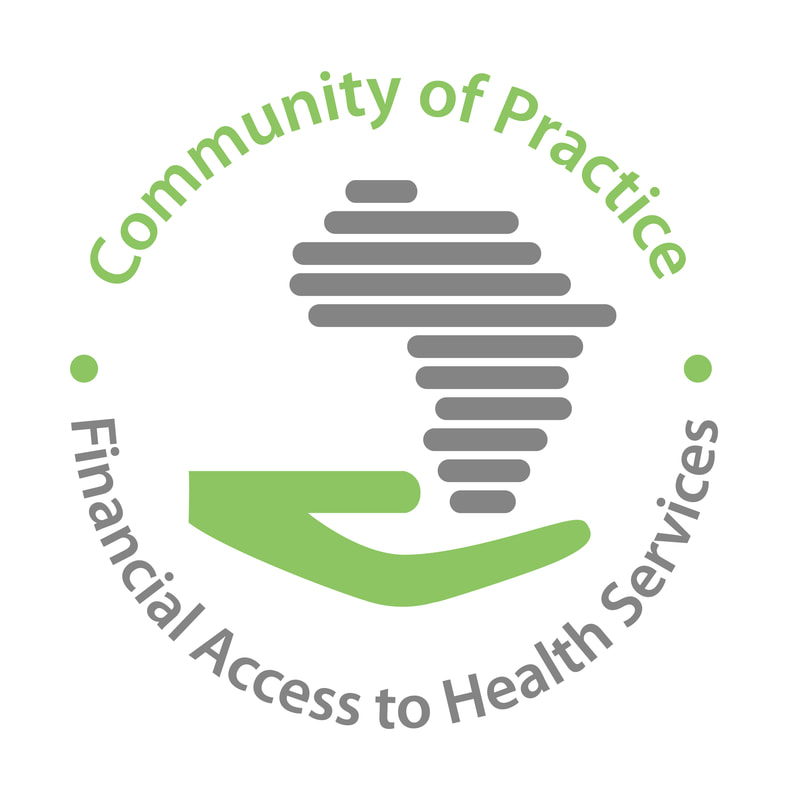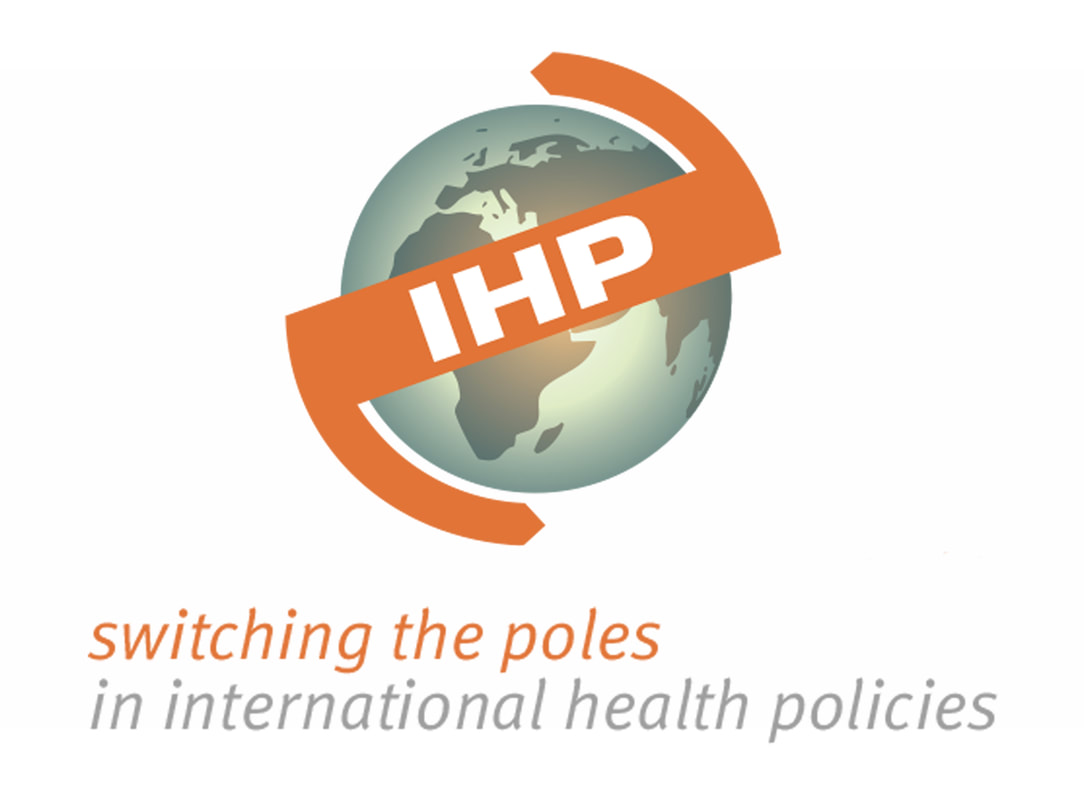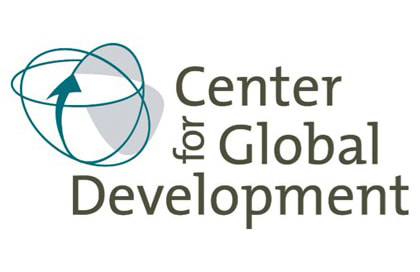Scaling up an intervention is traditionally understood as expanding its geographical coverage: about moving from a limited area to an entire region or country. This is not incorrect – but it only captures part of the reality of scale up, especially when you deal with a complex health care financing intervention such as an RBF scheme.
| Five dimensions For our research on scaling up RBF we identified at least five dimensions along which programs could be scaled up. Population coverage: ‘Scale up’ along this dimension is about covering more people. A country can achieve this in several ways. It can extend the intervention to new geographical areas. This is for instance what Rwanda did between 2002 and 2006, by accepting a growing number of partners (HealthNet International, Cordaid, the BTC) to start piloting new projects in different provinces. A country can also progress on this dimension by covering more socio-economic groups. This is for instance what a country can do with its health equity funds by progressively widening the eligibility criteria (e.g. going from targeting the poorest 5% to covering the poorest 40%). It is also possible to progress on population coverage by removing demographic restrictions – for instance, you move from a PBF scheme focused on services |
Service coverage: ‘Scale up’ along this dimension is about expanding the provision of services. A country can do this in different ways. First, it is possible to increase the types of services covered by the scheme – for instance, you start with a voucher scheme focusing on safe deliveries and then extend it to family planning. You can also increase service coverage just by increasing the number of facilities implementing RBF (from 20 health centres to 100). Third, you can expand the eligibility criteria in terms of the types of health facilities allowed to affiliate (e.g. from a scheme involving only public facilities to one including private facilities as well). Fourth, you can organize your progression by levels of health facilities (e.g. from primary health centers only to referral hospitals as well). All these paths have different implications in terms of technical development, funding, engagement with stakeholders…
Health system integration: progress along this dimension occurs by moving from RBF schemes first introduced as pilot projects with external funding, outside of the normal flows and procedures in place to manage resources in the health system to being fully integrated into the national health system. The extent to which the solution is incorporated into the routine functioning of the health system is key for its sustainability. Here again, the progression can develop in various manners. The easiest way to approach this complex process is to adopt the six building blocks framework of WHO: to what extent is the RBF scheme is integrated into the national policy and governance system; is the funding coming from the public budget or is it solely from donors; is the RBF program using the routine information system…
Cross-sectoral diffusion: our intention here is to examine changes outside the health sector that are triggered by RBF-related processes. Both at global and country levels, the rapid development of the results-based logic in the health sector has created momentum for results based approaches in other sectors (e.g. education). We believe that such an expansion can also be understood as the scheme gaining more scale.
Expansion of knowledge: Knowledge about RBF is still scant, as the approach is still in its infancy. We see ‘scale up’ of knowledge as progress in various attributes of knowledge. This can happen in different ways; for example, developing new knowledge enables a shift from basing new policies and actions on intuition, to explicit hypotheses, and eventually to evidence. Another aspect of integration of knowledge relates to shifting the locus of control to internal actors. In the case of RBF, this may mean that knowledge held by international consultants is transferred to Ministry of Health staff. The Cameroonian research team generated very interesting evidence in this respect. Another type of knowledge development is moving from a theoretical understanding to one rooted in practical experience. Accordingly, the ultimate state of mastery of RBF knowledge could lie in the capacity to revise RBF, optimize its benefits, extract its most powerful features, and abandon its weak aspects.
Why these five dimensions matter?
Our hypothesis is that adopting such a five dimensional view will help us understand challenges we face when developing RBF interventions. Let’s illustrate with two cases.
Chad started a PBF pilot project in 2011. On the first two dimensions (population and service coverage), the pilot was quite ambitious and in less than 2 years, Chad made significant progress. Unfortunately, progress was much less swift as for the ‘health system integration’ and ‘knowledge‘ dimensions. A key determinant was the insufficient buy-in from key national policy stakeholders. Due to this, progress on the population and service coverage dimensions was actually very vulnerable and when the World Bank project stopped, this coverage vanished. For more information on this interesting case, we recommend you to read the related policy brief, here.
I was recently invited to Benin – one of the few countries which has achieved full scale up in terms of population coverage – all districts today are covered by a PBF program. Service coverage is quite extensive as well – and the country still plans progress at this level (with some extension to private-for-profit providers). This is a major achievement, we shall all acknowledge that. How does Benin fare with respect to the other dimensions? Well, less well. At the time of my visit (October 2016), there was not yet any national PBF unit and there was no one harmonized national policy. So the population was actually covered by two different projects. This is again a source of vulnerability. My recommendation to Benin was to move much faster on the dimension ‘health system integration’, as there was still room for significant progress on this dimension.
This lack of progress on the ‘health system integration’ dimension is indeed problematic: my hypothesis is that progress on this dimension is key to ensure the sustainability of your policy. If your policy is not harmonized and co-funded by the government (two traits, among others, characterizing a well-integrated scheme), the scheme (and the population coverage) is more vulnerable to setbacks – for instance, a donor pulling out from the policy could jeopardize the population coverage. Countries like Rwanda and Burundi have been very good on such integration of their PBF schemes into national policy (and their Universal Health Coverage strategy). This is one of the reasons explaining the resilience of the PBF policy in both countries. The same argument applies to Cambodia or Armenia.
I acknowledge that the recognition that scale up is much more than expanding population coverage generates more questions than answers. For instance, one may wonder on which dimension should a country progress first? What is the right path along which to progress on each dimension (is it ‘smart’ to start with a PBF focused on HIV/AIDS and then broaden the benefit package)?
I will come back in another blog with some reflections on that. First, I will have to present you how we study the policy process of scaling up RBF. As you will see, succeeding one’s scaling up is about going through a sequence of four main phases.
The "Taking Results Based Financing from Scheme to System” research program was coordinated by the Alliance for Health Policy and Systems Research, with support from the Norwegian development agency Norad and in collaboration with the WHO Department of Health Governance and Financing and the Institute of Tropical Medicine.







